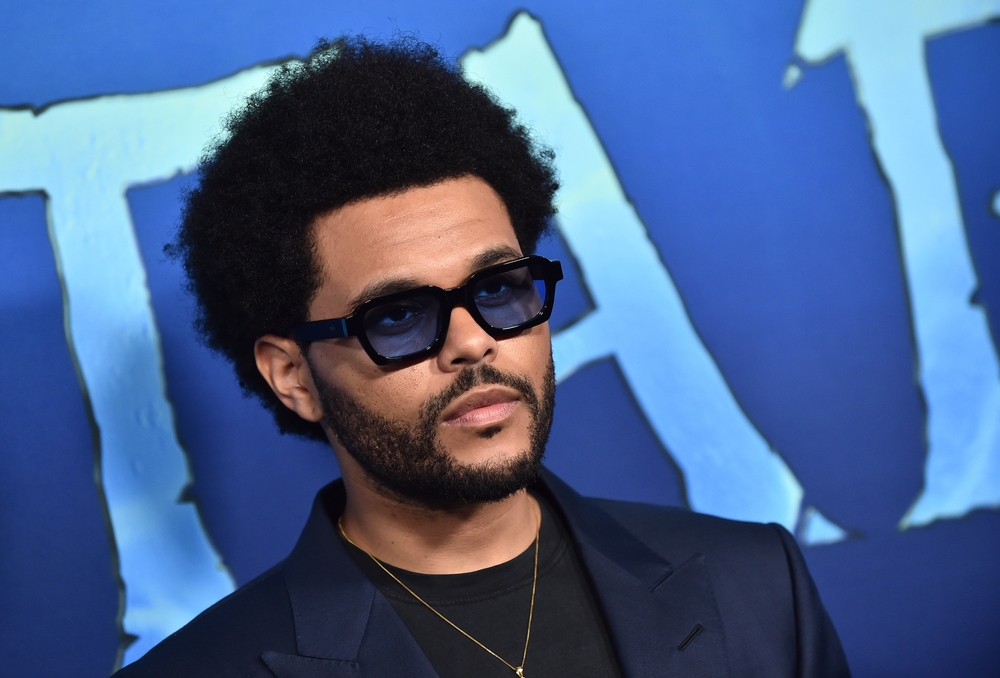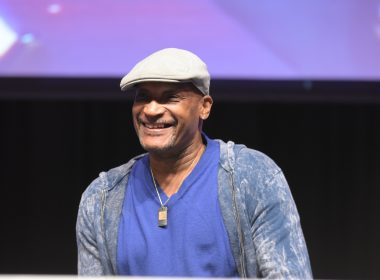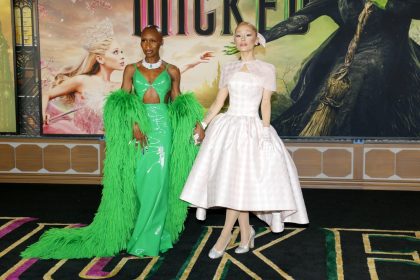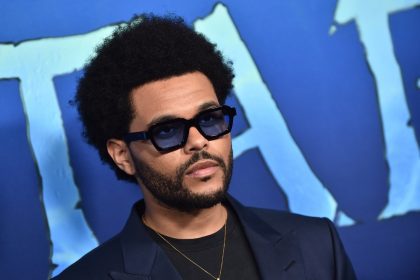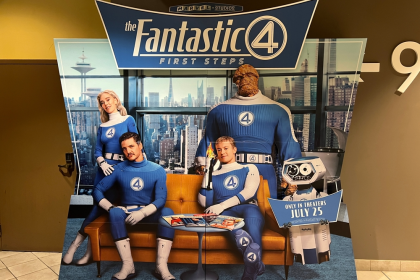The often treacherous path from music stardom to cinematic success claimed another cautionary tale this weekend as Abel Tesfaye, better known as The Weeknd, watched his feature film debut struggle at the domestic box office. His psychological thriller Hurry Up Tomorrow managed just $3.3 million in its opening weekend, landing in sixth place amid fierce competition.
The modest performance stands in stark contrast to the chart-topping music career Tesfaye has built over the past decade, suggesting that even established musical fame does not automatically translate to box office drawing power. Industry analysts point to several factors that may have contributed to the underwhelming debut, including mixed critical reception and challenging subject matter.
Meanwhile, Final Destination Bloodlines dominated the weekend with a franchise-best $51 million opening, underscoring the continued strength of established horror properties. The latest installment surpassed the previous series high mark set by The Final Destination in 2009, demonstrating remarkable staying power for a franchise now in its sixth iteration.
The contrasting fortunes of these two releases highlight the unpredictable nature of the film industry, where artistic ambition sometimes fails to connect with general audiences despite the presence of recognized talent both in front of and behind the camera.
Critical reception struggles to match artistic ambition
Hurry Up Tomorrow failed to impress critics, accumulating a concerning 14% approval rating on review aggregator Rotten Tomatoes. This tepid critical response was mirrored in audience reactions, with the film receiving a C- CinemaScore grade, indicating potential challenges for word-of-mouth momentum in coming weeks.
The film stars Tesfaye in a fictionalized version of himself navigating the psychological complexities of fame and personal relationships. Co-stars include Barry Keoghan as his manager Lee and Jenna Ortega as Amina, a romantic interest who becomes entangled in the protagonist’s complicated world of celebrity and artistic expression.
Ortega previously described the project as difficult to categorize during promotional appearances, suggesting audiences approach it as an experience rather than a conventional narrative. This unconventional nature may have contributed to the challenging reception, as mainstream audiences often gravitate toward more familiar storytelling structures.
Box office numbers reveal significant gap
The $3.3 million opening represents a concerning start for the Lionsgate release, particularly when compared to the production budget and marketing expenditures. Industry tracking had suggested a potential opening in the $5-7 million range, making the actual performance fall below even modest expectations.
By comparison, Final Destination Bloodlines demonstrated remarkable box office strength with its $51 million debut. The horror franchise has consistently performed well with younger audiences seeking visceral thrills, and this latest installment successfully capitalized on nostalgia while introducing new elements to attract first-time viewers.
The significant gap between these two releases suggests that established intellectual property continues to maintain advantage in the current theatrical landscape. Original concepts, particularly those with experimental elements, face heightened challenges in attracting opening weekend audiences without exceptional critical acclaim or viral word-of-mouth.
Artistic vision versus commercial appeal
Hurry Up Tomorrow represents an extension of the conceptual universe Tesfaye has developed across his recent musical projects. The film purportedly completes a trilogy that includes his studio albums After Hours and Dawn FM, exploring themes of identity, fame, and psychological struggle that have characterized his musical output.
Tesfaye has described the project as deeply personal, reflecting his own introspection about aging, identity, and artistic evolution. This introspective approach may resonate with dedicated fans familiar with the thematic elements of his music but potentially limits broader appeal among general moviegoers seeking more accessible entertainment.
Lionsgate chairman Adam Fogelson had previously expressed enthusiasm for the project, describing it as an expansion of Tesfaye’s artistic universe that would create a new cinematic experience for fans. This framing positioned the film as an artistic statement rather than a conventional commercial release, potentially setting different benchmarks for success.
Star power fails to translate
Despite Tesfaye’s undeniable star power in the music industry, where he consistently sells out arenas and dominates streaming platforms, his drawing power as a film lead remains unproven. The disparity between his musical success and film debut performance highlights the challenges of transferring audience loyalty across entertainment mediums.
The inclusion of rising stars Ortega and Keoghan provided additional marquee value, but their combined appeal evidently proved insufficient to drive significant opening weekend attendance. This outcome reinforces the industry understanding that casting popular performers does not guarantee proportional box office returns, particularly for challenging material.
Many musical artists have attempted similar crossovers with varying degrees of success. While some musicians have successfully established dual careers, others have found the transition more challenging despite bringing substantial fan bases from their musical endeavors.
Distribution strategy and marketplace positioning
Hurry Up Tomorrow faced a competitive release window, debuting against both the established Final Destination franchise and several other films targeting similar demographic segments. The timing presented both opportunities and challenges, potentially allowing counter-programming against horror audiences while competing for attention in a crowded marketplace.
Lionsgate positioned the film as an artistic statement from a recognized musical artist, emphasizing its psychological thriller elements and unique aesthetic approach. Marketing materials highlighted the film’s atmospheric qualities and star power rather than conventional plot elements, signaling its unconventional nature to potential viewers.
This positioning strategy represented a calculated risk, potentially attracting dedicated fans while signaling to general audiences that the film offered a more challenging experience than mainstream fare. Whether this approach limited broader audience interest remains a question for post-release analysis as the studio evaluates the film’s performance.
Future implications for artist-driven cinema
The performance of Hurry Up Tomorrow raises questions about the viability of artist-driven vanity projects in the current theatrical landscape. While streaming platforms have created opportunities for more experimental content with built-in audiences, theatrical releases face more immediate commercial pressures that can challenge unconventional approaches.
For Tesfaye, the experience provides valuable insights that may inform future cinematic endeavors. Many successful actors and filmmakers experienced initial setbacks before finding their cinematic voice, suggesting this debut could represent a learning opportunity rather than a definitive judgment on his potential in the medium.
Industry observers note that first-time leading performances often face heightened scrutiny, particularly when the performer comes from another entertainment field. The path from recording artist to respected actor typically involves multiple projects and careful role selection, making this initial outing potentially just the beginning of a longer transition.
Audience response and future prospects
While opening weekend numbers provide an initial performance indicator, the ultimate assessment of Hurry Up Tomorrow will incorporate additional metrics including international performance, audience retention in coming weeks, and eventual streaming performance. Experimental films sometimes find audiences gradually through word-of-mouth rather than opening weekend surges.
The film may potentially resonate more strongly with Tesfaye’s dedicated fan base than with general audiences, suggesting a potential niche success even if broader commercial breakthrough remains elusive. This pattern would mirror the trajectory of certain musician-led films that have developed cult followings despite initial commercial challenges.
For Lionsgate, the underwhelming opening represents a setback for their strategy of partnering with high-profile musical artists. However, the relatively modest production costs of these projects compared to major studio tentpoles limits financial exposure while maintaining potential upside through international markets and home viewing platforms.
The contrasting fortunes of Hurry Up Tomorrow and Final Destination Bloodlines illuminate the ongoing tension between artistic risk-taking and commercial calculation in contemporary Hollywood. While established franchises continue providing reliable returns, the industry still occasionally embraces ambitious creative visions that challenge conventional formulas, even when commercial results fall short of expectations.

